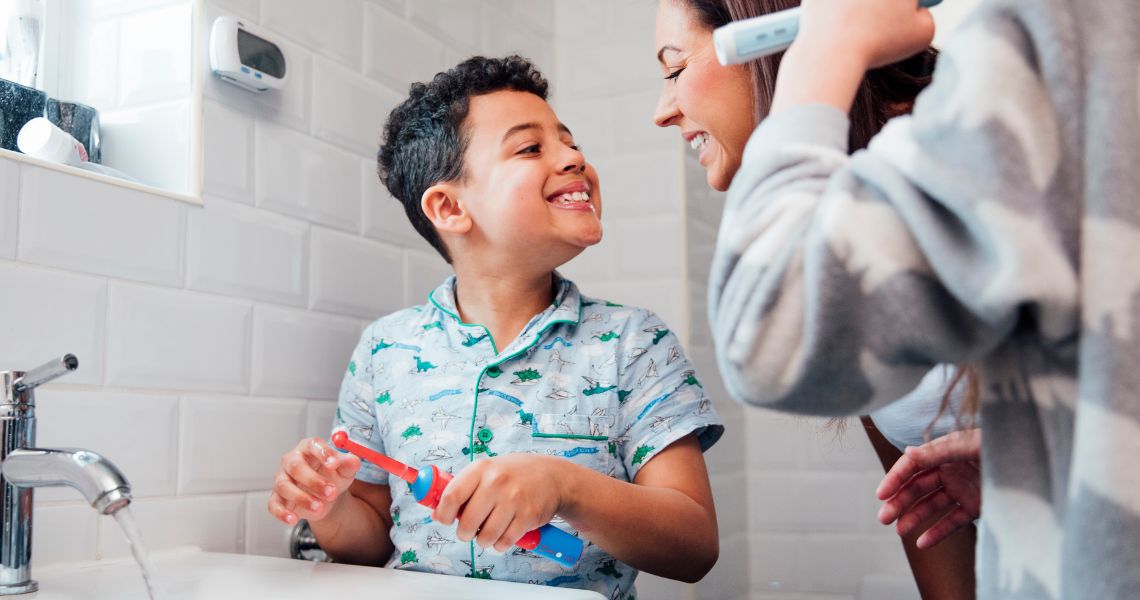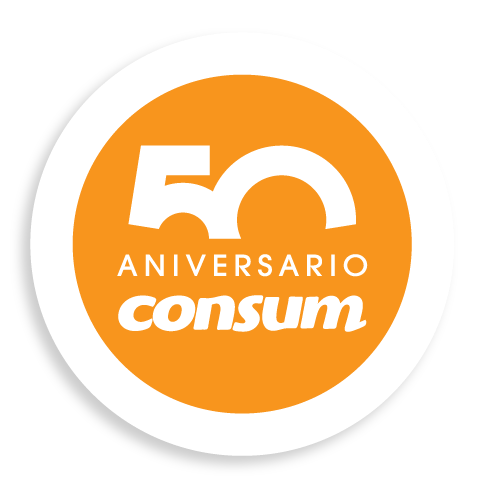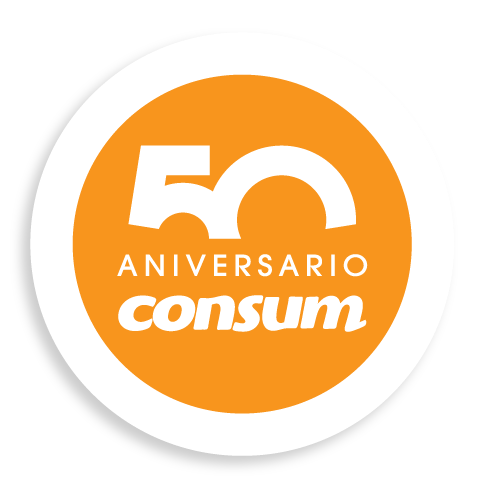How to pick up habits through play
Discover how play can help establish routines in children in a fun and effective way.

Benefits of using play to establish children's routines
When the holidays come to an end, it’s very helpful to use some practical strategies to get back into the routine, settle into a schedule, and start finding the rhythm of the school term. And what better way to do it than by playing? It’s essential to create a playful and positive environment that motivates children to integrate them gradually.
Tips for resuming routines
- Dress-up games: this can be dressing a doll in clothes similar to what the child will wear or even letting the child choose the clothes for both of them, creating a collaborative environment.
- Stories about routines: reading stories about school routines or going back to school can help children become familiar with the topic and build positive expectations.
- Role play: acting out everyday situations, such as getting up or dressed or getting ready for school, can help children anticipate and better understand routines.
- Movement games: we can create dances or songs for routines, such as on the way to the toilet or at tooth brushing time, to make them more fun and less monotonous.
- Establish schedules and spaces: using cards with images or symbols representing daily activities and placing them somewhere visible can help children better visualise and understand the sequence of their day.
- Organisational games: creating activities that involve sorting toys or tidying up can encourage organisation and order, skills that are important for maintaining a routine.

Games for learning and fun
1. Encouraging healthy eating habits
Teaching healthy eating habits from an early age is essential for the future of children, not only on a physical level, but also
for their emotional, cognitive and social development. It’s essential to transmit the values of healthy eating to children from an early age, and if we do it through play, it will be easier and more fun for them to assimilate it.
- Symbolic games: playing at being a chef.
- Role play: role-playing real-life situations, such as going shopping or planning a balanced meal.
- Board games themed around healthy food: On the Team Consum educational portal, you will find several to choose from.
- Seasonal fruits and vegetables memory game: allows children to discover which fruits and vegetables are in season during each of the four seasons, helping them become aware of the importance of eating foods at the right time.
2. Learning to pick them up in a fun way
- Races: organising a race to see who can pick up the most toys within a set time can make tidying up more fun.
- Music: playing lively music and setting a time limit for picking up toys while the music is playing can make the task more dynamic.
- Human chains: passing toys from one person to another in a chain all the way to the box can be a fun way to work as a team.
- Themed boxes: create boxes or containers with labels or pictures for sorting toys by type can help to organise and make the collection more visual.
3. Starting to sleep alone
Create a sleep routine that is repeated every night before going to bed. Relaxing activities such as bath, pyjamas, dinner, massage and storytelling are recommended. We can also set a bedtime song and end it all with a hug.
Reading stories is important, it helps to relax and not think about other things and fall asleep. During reading, the child feels supported and safe.
Relaxing adventures: lying with them in bed with their eyes closed, we invite them to imagine that they are a
bird flying in a blue sky or a ship sailing on a calm sea. While listening to the adventure, they should progressively stretch some part of the body (arms, bust, legs...) with gentle movements and deep breathing.
4. Turn bathtime into a fun activity
To make bath time fun, you can do a variety of activities, such as using bath toys (plastic animals, floating boats or stackable cubes). Some examples:
- Painting in the bathtub: with bath gel, cornstarch, and colourants.
- Dye the bath water blue with food colouring to make it look like a swimming pool or the sea.
- Group pieces by colour and size: drop a bag of pom-poms in assorted colours and sizes into the water so they float in the water.
- Blowing soap bubbles.
What do you think about?
Share comments, opinions and tricks with the Community







